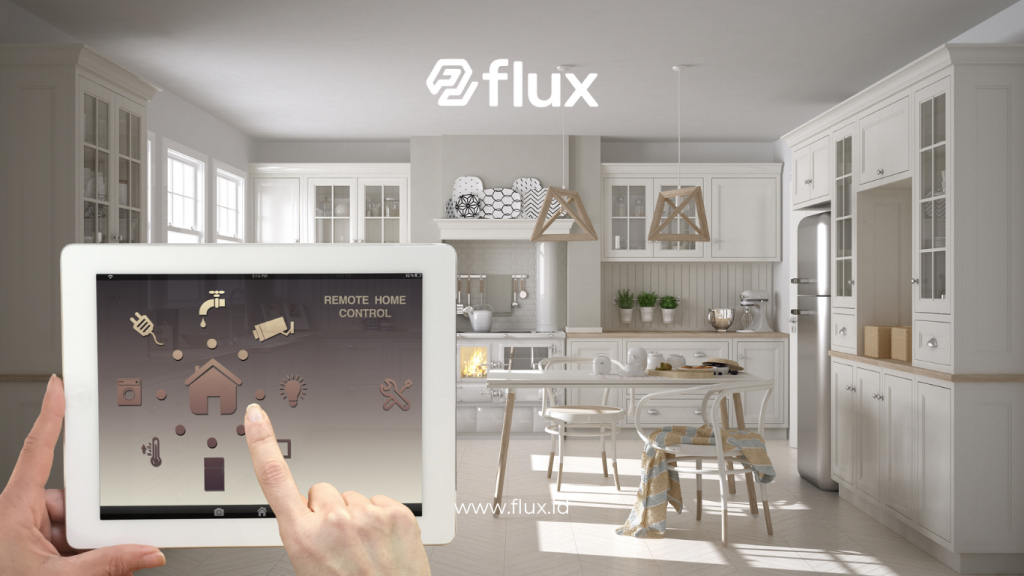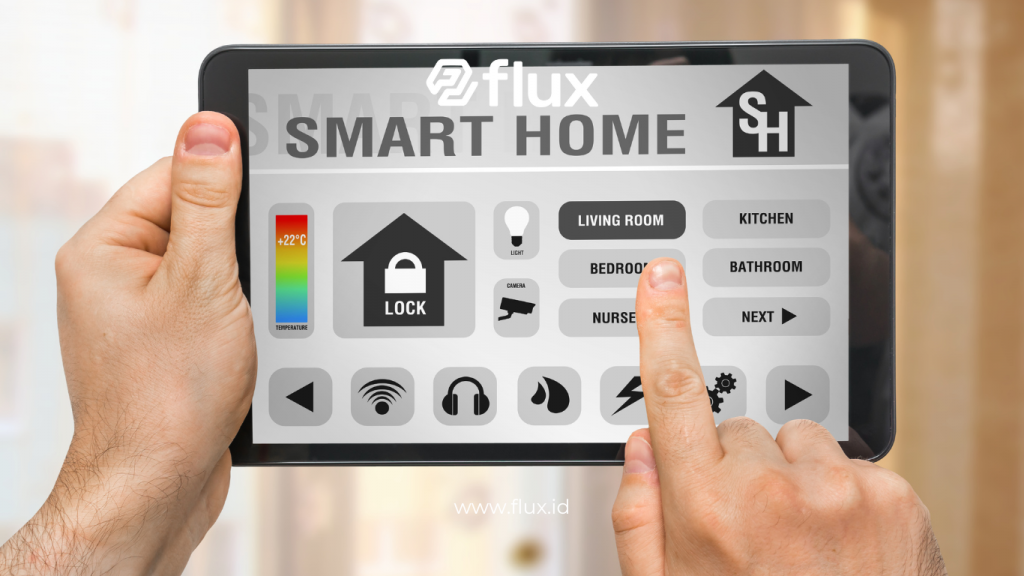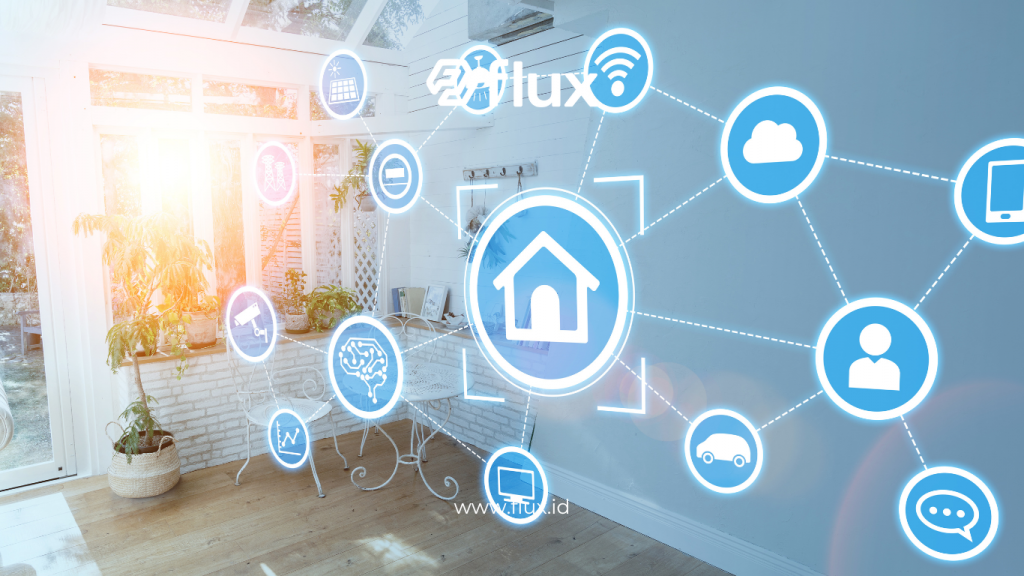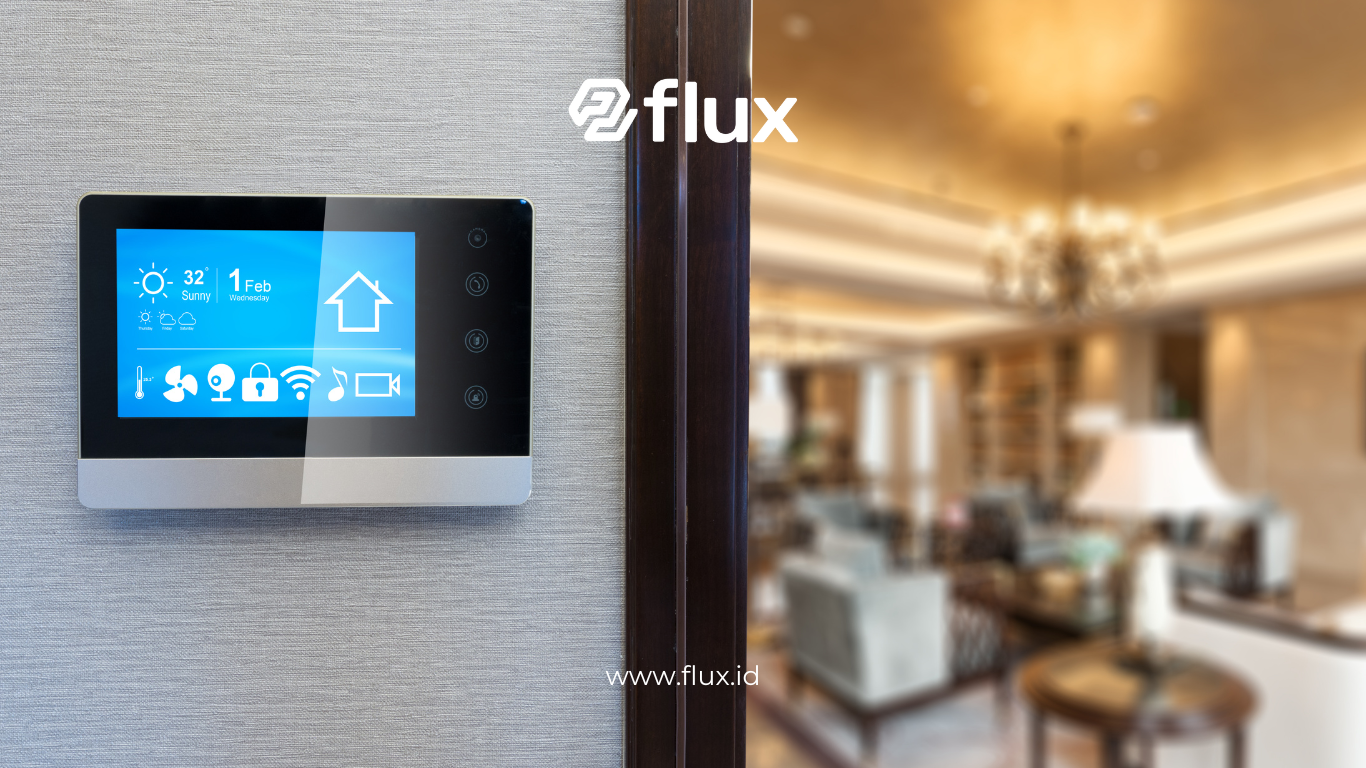Don't miss our holiday offer - 20% OFF!
In recent years, the concept of the smart home has rapidly evolved thanks to advancements in the Internet of Things (IoT) technology. This concept not only promises convenience for its residents but also significantly enhances security aspects. This article explores how IoT is revolutionizing smart homes, providing greater comfort and security for occupants.
Contents
- 1 1. What Is a Smart Home?
- 2 2. Comfort Provided by Smart Homes
- 3 3. Enhanced Security with Smart Homes
- 4 4. Challenges in Implementing IoT Technology in Smart Homes
- 5 5. Why You Should Implement IoT in Your Home
- 6 6. Examples of IoT Devices for Smart Homes Revolution
- 7 7. Steps to Start Your Smart Home Revolution
- 8 Conclusion
1. What Is a Smart Home?

Read More: IoT and Smart Homes: Bringing Innovation to Every Corner of Your Home
A smart home is a term used to describe a home equipped with devices connected to the internet. These devices can be controlled remotely, allowing users to manage various aspects of the home, such as lighting, temperature, security, and even entertainment devices. By leveraging IoT, smart homes can learn from occupants’ habits and adapt to provide optimal comfort.
2. Comfort Provided by Smart Homes

Read More: Optimizing Your Home: How IoT is Transforming the Smart Home Concept
2.1. Remote Control
One of the most appealing features of a smart home is the ability to control devices remotely. Users can use smartphone apps to turn lights on or off, adjust the temperature, and monitor security cameras, all without being at home. This offers a level of freedom and flexibility previously impossible.
2.2. Device Automation
IoT enables device automation, which can significantly enhance comfort. For example, lighting systems can be programmed to automatically turn on at sunset or when someone enters a room. This not only eases usage but also helps save energy.
2.3. Integrated Sound and Entertainment Systems
Integrated sound systems allow users to control entertainment devices with voice commands. Users can ask a voice assistant to play music, adjust the temperature, or even turn on the TV. This integration not only adds convenience but also creates a more enjoyable user experience.
3. Enhanced Security with Smart Homes

Read More: Easily Manage Your Home: IoT as a Smart Home Solution
3.1. Security Cameras and Sensors
One of the main benefits of a smart home is improved security. With the installation of internet-connected security cameras and motion sensors, users can monitor their homes in real-time from anywhere. Notifications are sent to smartphones if motion is detected, allowing homeowners to take appropriate action.
3.2. Smart Locks
Smart locks are an innovation that increases the security of home entrances. Users can lock and unlock doors remotely using smartphone apps. Some systems even allow users to grant temporary access to guests without the need for physical keys.
3.3. Integrated Alarm Systems
Smart home alarm systems can integrate with other devices like cameras and motion sensors. If a threat is detected, the system will notify the homeowner and can automatically contact security services. This provides greater peace of mind for residents.
4. Challenges in Implementing IoT Technology in Smart Homes
Although there are many benefits to smart homes, there are also some challenges to address:
4.1. Cybersecurity
Cybersecurity is a major concern when adopting IoT devices. Cyberattacks can lead to personal data theft or unauthorized access to smart home devices. It is essential for users to secure their Wi-Fi networks and use strong passwords for each device.
4.2. Interoperability
Not all IoT devices can communicate with each other. Therefore, it is important to choose compatible devices from the same brand to ensure that all systems work harmoniously.
4.3. Implementation Costs
The initial investment to convert a regular home into a smart home can be quite high. Users need to consider the cost of devices, installation, and maintenance. However, the long-term benefits in terms of comfort and security often outweigh the initial cost.
5. Why You Should Implement IoT in Your Home

Read More: Smart Home 101: Implementing IoT to Enhance Quality of Life
Implementing IoT technology in your home offers numerous advantages. Besides the convenience and security mentioned earlier, smart homes can also increase energy efficiency and reduce operational costs. For example, automatic temperature control can help reduce energy usage, thus saving on electricity bills.
6. Examples of IoT Devices for Smart Homes Revolution
Here are some popular IoT devices to enhance the comfort and security of smart homes:
6.1. Smart Lights
Smart lights can be controlled remotely and programmed to turn on or off at specific times. Some models even allow color changes to match the user’s mood.
6.2. Smart Thermostats
Smart thermostats learn from users’ habits and adjust the temperature to optimize comfort and energy efficiency. Users can control the temperature remotely using an app.
6.3. Security Cameras
Internet-connected security cameras allow users to monitor their homes in real-time. Some models also feature motion detection and night vision.
6.4. Smart Locks
Smart locks provide better access control. Users can grant access to guests or family members without needing to provide physical keys.
7. Steps to Start Your Smart Home Revolution

Read More: Optimizing Smart Homes with Motion Sensor (PIR): Technology, Function, and Benefits
7.1. Determine Your Needs
The first step is to determine what you want from your smart home. Do you prioritize comfort, security, or energy efficiency? Setting your goals will help in selecting the right devices.
7.2. Choosing the Right Devices
Once you’ve determined your needs, the next step is to choose the appropriate devices. Ensure that the devices are compatible with your existing systems and are easy to use.
7.3. Setting Up a Secure Wi-Fi Network
Network security is a crucial step in implementing a smart home. Make sure your router is protected with a strong password, and consider using a guest network for IoT devices.
7.4. Integrating Devices
After the devices are installed, you need to integrate them with your smart home app. Many IoT devices are compatible with voice assistants, allowing you to control everything with your voice.
Conclusion
The smart home revolution through IoT implementation brings numerous benefits, from enhanced comfort to increased security. While there are challenges to address, the long-term benefits often justify the investment. By understanding how smart homes work and selecting the right devices, you can transform your home into a smarter, more comfortable, and safer place.
Thus, implementing IoT technology in the home is not only a smart choice but also an essential step towards a better future in modern living.





